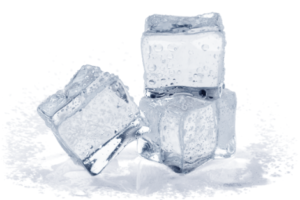The most important considerations while installing a new kitchen range hood are the height above the stove. By installing it at the proper height, you can ensure smoke extraction, protect the hood from heat damage, and make your cooking comfortable.
Why Range Hood Height Matters?
The proper height of the stove hood improves performance and safety. A low installed hood can block your view, increasing the risk of fire, and also make the cooking process uncomfortable. If it is installed too high, it will not capture steam, grease, and odors effectively. That’s why it’s important to follow the standard hood fan height guideline during range hood installation.
Minimum and Maximum Distance Guidelines for Gas & Electric Cooktops
For electric cooktops, the majority of manufacturers advise a minimum spacing of 24 inches (60 cm) between the cooktop and range hood, and for gas stoves, 27 to 30 inches (68 to 76 cm). The maximum distance between the cooktop and vent hood should not exceed 36 inches (91 cm), if you increase the height, the fan’s suction power decreases.
Gas Stove Considerations
When setting the stove fan height, always read the product user manual. The height of the range hood above a gas stove is usually on the higher end (28-36 inches), because gas burners produce more heat than electric or induction cooktops. This maintains effective ventilation while guaranteeing appropriate clearance.
Standard Stove Fan Height
The top of the burners to the bottom of the hood is typically used to measure the height of the stove fan above the cooktop. This maximizes airflow efficiency and achieves a pleasant viewing level for the majority of kitchens.
Professional Installation Advice
Correct placement requires precision. A professional appliance installation service can measure, mount, and secure your hood at the perfect height for your cooking style, kitchen design, and stove type. They’ll also ensure compliance with building codes and manufacturer recommendations.
Final Tips
• For proper clearance instructions, always refer to the handbook that came with your hood.
• To avoid heat damage, keep the hood from being positioned too low, especially over a gas stove.
• For optimal performance, match the width of your stove with a vent hood that is the proper height above the gas range.
• For the best smoke and odor elimination, think about ducted ventilation.
Your kitchen’s performance, comfort, and safety are guaranteed when the cooktop and range hood are spaced correctly. Achieving the ideal kitchen hood height is as crucial as selecting the appropriate type and power, regardless of whether you’re remodeling or modernizing your kitchen.


